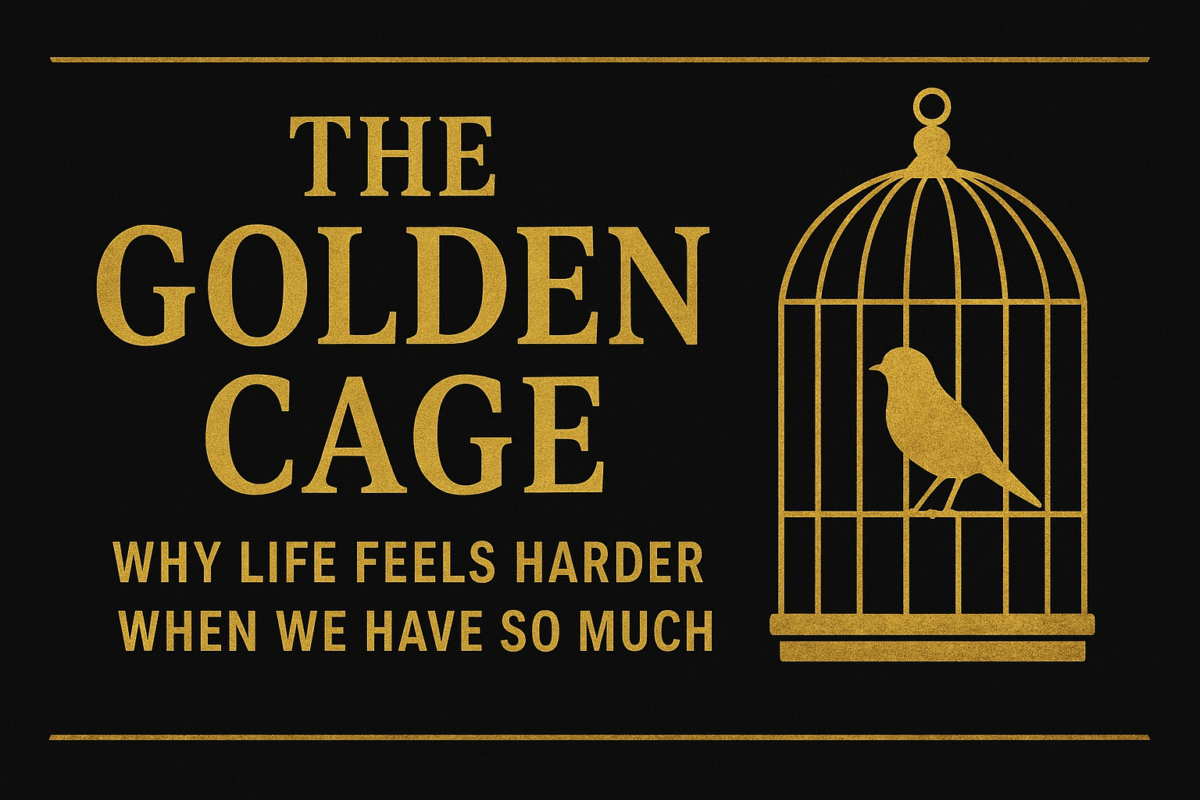We live in an age of unprecedented material abundance. For a few hundred dollars, you can buy a device that gives you instant access to the sum of human knowledge, a library of music, and a high-definition camera. The cost of “creature comforts”—electronics, clothing, entertainment—has plummeted, making the luxuries of a generation ago the commonplaces of today.
Yet, despite this cornucopia of cheap goods, a pervasive sense of financial anxiety grips the modern world. Why does life feel so much harder when we have so much stuff? The answer lies in a fundamental economic shift: the cost of goods has fallen, but the cost of participation has soared.
The Two Economies: Comfort vs. Capital
We are now operating in two distinct economies. The first is The Comfort Economy, the realm of consumer goods. It is characterized by global supply chains, intense competition, and technological deflation, which has made items like televisions, sneakers, and data cheaper than ever. This economy provides the “creature comforts” that make our daily lives physically easier and more entertaining.The second is The Participation Economy, the realm of essential social capital. This economy is characterized by localized scarcity, inelastic demand, and institutional inflation. It includes the non-negotiable elements required to secure a stable, middle-class life and participate fully in society.The great modern paradox is that the items that provide comfort are cheap, while the items that provide security and status are prohibitively expensive.
The Soaring Cost of Social Entry
The cost of entry into a stable, productive life—the “cost of participation”—is higher than ever before. This is not about buying a new gadget; it is about securing the foundations of a future.
Consider the essential pillars of social capital, all of which have seen their costs dramatically increase since 1990. Housing, for instance, has soared due to localized scarcity, restrictive zoning, and the financialization of real estate. Similarly, the cost of Higher Education has ballooned, driven by the demand for credentials as a prerequisite for middle-class jobs, institutional bloat, and a lack of competition. Healthcare costs have also risen dramatically, a result of complex, opaque payment systems, technological advancements, and a lack of market transparency. Finally, essential services like Childcare are now a major financial burden, as they are labor-intensive services operating in high-cost-of-living environments with significant regulatory requirements.These are not optional purchases. They are the gatekeepers to social mobility. Without a good education, a secure home, and reliable health, a person’s ability to participate in the modern economy is severely limited. The rising cost of these essentials acts as a massive tax on the young and the aspiring, forcing them to spend a disproportionate amount of their income just to maintain their standing.
The Illusion of Affluence
The cheapness of creature comforts creates an illusion of affluence. We can afford the latest smartphone, which makes us feel wealthy, even as we struggle to afford a down payment on a home or pay off student loans. The cheap TV is a distraction from the exorbitant tuition bill.This is the golden cage: we are surrounded by dazzling, low-cost distractions that mask the fact that the true levers of power and stability—the assets that appreciate and provide security—are increasingly out of reach.The person who complains that life is hard is not necessarily ungrateful for their streaming service or their cheap clothes. They are expressing a deeper, more rational anxiety: that the game of life has been rigged so that the price of admission to the middle class is now a lifetime of debt, even as the price of a temporary distraction is negligible.
To truly improve the quality of life, we must shift our focus from the Comfort Economy to the Participation Economy. We must find ways to apply the same deflationary, efficiency-driven forces that gave us cheap electronics to the essential pillars of a stable society: housing, education, and healthcare. Until then, we will continue to live in a world where we can afford everything, except a future.
